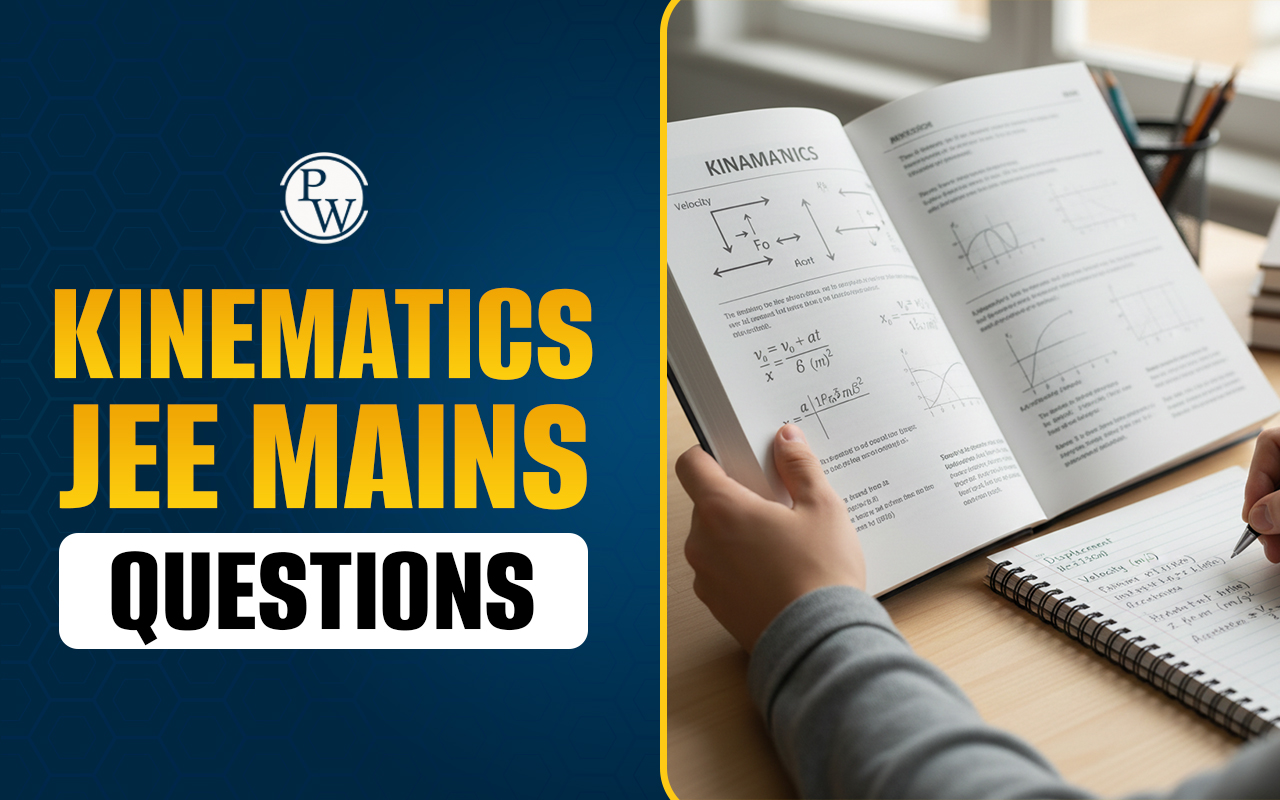

Forces In Physics
We divide the forces in two categories:
(a) conservative forces and (b) nonconservative forces.
If the work done by a force during a round trip of a system is always zero, the force is said to be conservative. Otherwise, it is called nonconservative.
Conservative force
Conservative force can also be defined as follows:
If the work done by a force depends only on the initial and final states and not on the path taken, it is called a conservative force. The total mechanical energy of a system remains constant if the internal forces are conservative and the external forces do no work. This is called the principle of conservation of energy.
The total mechanical energy K + U is not constant if nonconservative forces, such as friction, act between the parts of the system. We can’t apply the principle of conservation of energy in presence of nonconservative forces.
Conservative And Non-conservative Forces
Consider an object moving downward near the surface of the earth. The work done by the gravitational force on the object does not depend on whether it falls vertically or slides down a sloping incline. All that matters is the change in the object's elevation. In other words, the path makes no difference when we consider the work done by the gravitational force, but it does make a difference when we consider energy transformation due to friction forces. We can use this varying dependence on path to classify forces as either conservative or non-conservative.
Conservative force
Conservative forces have the following two equivalent properties:
(i) The work done by a conservative force on a particle moving between any two points is independent of the path taken by the particle.
(ii) The work done by a conservative force on a particle moving through any closed path is zero. (A closed path is one for which the beginning point and the endpoint are same).
Non-conservative Forces
- The work done by a non-conservative force not depends only on the initial and final positions but also on the path followed.
- The common examples of such forces are frictional force and drag force in fluids.
- The work done by a non-conservative force along a closed path is not equal to zero.
Let us choose two points 1 and 2 on a rough horizontal floor and drag an object slowly and horizontally between these points along paths I and II can observe that, in shifting the object along two paths. We feel more exhausted when we drag a body through more distance. In other words, work done by friction is more for a longer path. The work done due to friction for the paths I and II can be given as W = – fl 1 , and W = – fl 2 respectively.
Work Done As Area Under F-x Graph
In general, the work done by a variable force F ( x ) from an initial point x i to final point x f is given by the area under the force-displacement curve as shown in the figure.
(a) The work done by a non-constant force is approximately equal to sum of the areas of the rectangles.(b) The area under the curve is given by the integral
Work Done By A Variable Force

Work Done By Spring Force
Whenever a spring is stretched or compressed, the spring force always tends to restore it to the relaxed position.
|
A spring stretched from its equilibrium position
|
A spring is compressed from its equilibrium position
|
If x be the displacement of the free end of the spring from its equilibrium position, then the magnitude of the spring force is
F s = – kx
The negative sign indicates that the force is restoring.
The work done by the spring force for a displacement from x i to x f , is given by
W z = F ‾ s dx ‾ =- x i x f kxdx=- 1 2 k x f 2 - x i 2
where x i , and x f are the initial and final deformations of the spring. Hence, when a spring is deformed from x = x i to x = x f ,
-
If x f > x i , W sp is negative.
-
If x f = x i , W sp = 0. If x f < x i , W sp is positive.
-
That means a spring can perform positive, negative and zero work depending upon the initial and final deformations.
-
When the spring is undeformed, we calculate the displacement of the free end P of the spring from the relaxed position of the spring. Substituting x = 0 and x = x , we have
The above expression tells us that a spring always performs negative work when deformed (compressed or elongated) from its relaxed (undeformed) position.
-
The graph plotted between a spring force and the displacement from the equilibrium position is a straight line with negative slope.
|
Work done by spring force
|
This work done by spring force is negative both in compression and extension. |
|
Work done by external force
|
This work done by external force is positive both in compressing or stretching the spring. |
Forces in physics FAQs
Q.1 : What is conservative force?
Q.2 : Define non- conservative force
Q.3 : Describe when work done by a spring force is negative?












